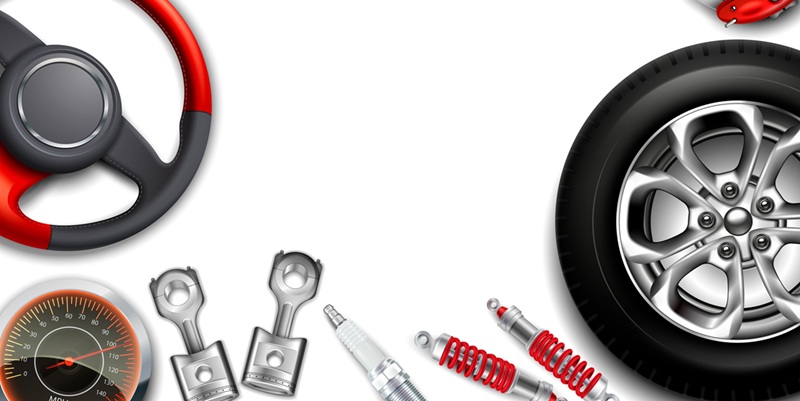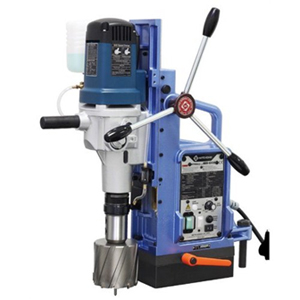Schedule a Call Back
Funding MSMEs During Economic Flux
 Articles
Articles- May 05,25

Related Stories

US tariff: India working on export promotion mission for targeted sectors
The mission will roll out tailor-made schemes for the worst-hit sectors — textiles and chemicals — featuring export incentives, easier access to credit, and faster operational clearances, says K..
Read more
Ammann India Expands ABG Paver Production and Aftermarket in Gujarat
Ammann India rolls out its first ABG Paver and launches a high-tech parts warehouse in Gujarat, boosting local manufacturing, service support, and exports for road construction equipment.
Read more
US tariff puts Indian auto components, tyre exporters on edge
A 25 per cent US tariff on Indian imports strains tyre and auto component exports, while domestic sales in June 2025 show mixed trends across passenger, commercial, and two-wheeler segments.
Read more














